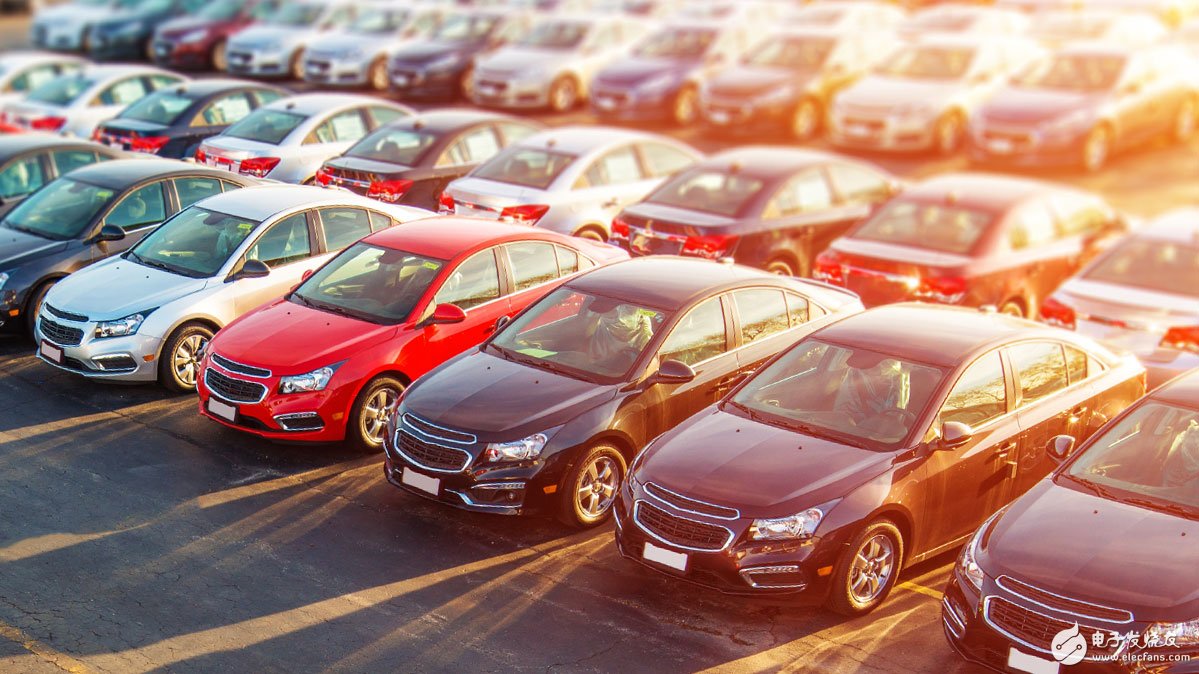In the five-year transition period of the automotive industry, all restrictions will be lifted. The National Development and Reform Commission (NDRC) today answered questions on the new negative list of foreign investment and the opening of the manufacturing industry. The National Development and Reform Commission said that by formulating a new negative list of foreign investment, major initiatives to open up to the outside world will be implemented as soon as possible. The new negative list of foreign investment is an important document for China to substantially relax foreign investment access, and will be announced as soon as possible in the first half of this year. The new negative list includes two negative lists that apply to the national and free trade pilot zones, respectively, and the negative list of the free trade pilot zone will be more open than the negative list of the country. In addition to the announced openness measures for the financial, automotive and other industries, the new negative list will also introduce a series of open measures in the market, such as energy, resources, infrastructure, transportation, trade circulation, professional services and other areas of high concern. In addition to the announcement of the 2018 opening measures, the new negative list will also announce the opening measures for the next few years, which will give the relevant industries a certain transition period and greatly enhance the predictability of openness. At present, China's manufacturing industry has been basically open, and the direction of expanding the opening up is very clear, that is, to achieve full openness. The new negative list of foreign investment will focus on manufacturing openness. For example, the automobile industry will implement a transitional opening period for sub-types. In 2018, the ratio of foreign-funded shares of special-purpose vehicles and new energy vehicles will be abolished; in 2020, the restrictions on foreign-funded shares of commercial vehicles will be abolished; in 2022, the ratio of foreign-invested shares of passenger vehicles will be cancelled, and joint ventures will be cancelled. There are no more than two restrictions for enterprises. Through the five-year transition period, the automotive industry will all be lifted. In another example, the shipbuilding industry will cancel the restrictions on foreign shares in 2018, including design, manufacturing and repair. For another example, the aircraft manufacturing industry will cancel foreign-investment ratio restrictions in 2018, including trunk aircraft, regional aircraft, general aircraft, helicopters, drones, and aerostats. Manufacturing is the main field of global industrial division of labor. Whether it is traditional manufacturing or high-tech manufacturing, we must maximize the global value chain in an open environment. China's full openness to manufacturing is a clear indication of our opposition to trade and investment protectionism and a clear-cut support for the extensive and in-depth development of economic globalization. We also hope that through the full opening of the manufacturing industry, Chinese and foreign enterprises will be supported to achieve common development in a level playing field, and Chinese and foreign enterprises will be encouraged to carry out more extensive and more capital, technology, management and talent exchanges and cooperation. Motion Control Sensor is an original part that converts the change of non-electricity (such as speed, pressure) into electric quantity. According to the converted non-electricity, it can be divided into pressure sensor, speed sensor, temperature sensor, etc. It is a measurement, control instrument and Parts and accessories of equipment. Encoder And Decoder,Encoder For Motor , Encoder In Communication,Encoder Communication Changchun Guangxing Sensing Technology Co.LTD , https://www.gx-encoder.com
The National Development and Reform Commission said today that the auto industry will implement a transitional period of opening and closing. In 2018, the ratio of foreign-funded shares of special-purpose vehicles and new-energy vehicles will be lifted. In 2020, the restrictions on foreign-invested shares of commercial vehicles will be lifted. In 2022, the restrictions on foreign-invested shares of passenger vehicles will be eliminated. At the same time, the limit of no more than two joint ventures will be cancelled. Through the five-year transition period, the automotive industry will all be lifted. 